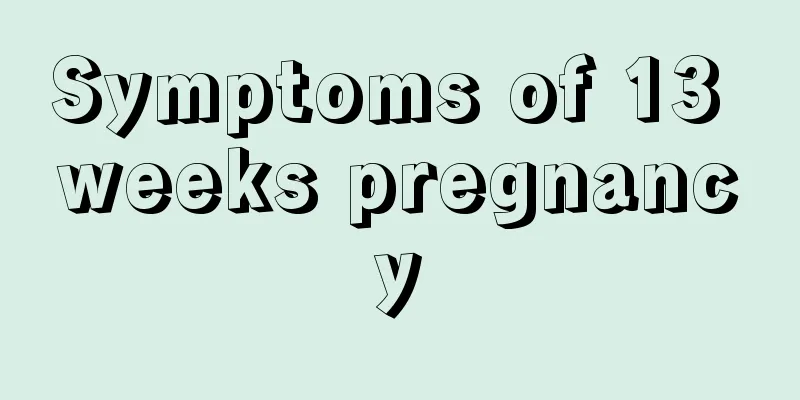What should I do if I have endometritis?

|
If you have endometritis, you cannot ignore the issue of treatment and should actively proceed. The general treatment method is that the patient should rest in bed more and should not be given hot compresses. At the same time, you should also pay attention to some anti-infection drug treatments. 1. General treatment: Acute endometritis should be treated with bed rest, preferably in a semi-recumbent position, to facilitate the limitation of inflammation and drainage of uterine secretions; hot compresses can be applied to the lower abdomen to promote the absorption of inflammation and relieve pain; bowel movements should be kept open to reduce pelvic congestion and facilitate toxin excretion; excessive gynecological examinations should be avoided to prevent the spread of inflammation; physical cooling can be used for high fever; the diet should consist of liquid or semi-liquid, easily digestible foods that are high in calories, protein, and multiple vitamins. Those who cannot eat should receive intravenous nutrition and water supplements, and pay attention to correcting electrolyte imbalance and acidosis. 2. Anti-infection treatment should first select the most effective antibiotic based on the results of bacterial culture and drug sensitivity test. Before the pathogenic bacteria are identified, gentamicin and metronidazole can be used in combination to effectively treat Escherichia coli and other aerobic bacteria and a variety of anaerobic bacteria. Gentamicin 60-80 mg can be used for intramuscular injection once every 8 hours, plus metronidazole tablets 0.4 g, taken orally 3 times a day; for severe cases, intravenous administration can be adopted, and broad-spectrum antibiotics can be used in combination to quickly control inflammation, such as adding 2.4 g of amniotic fluid to 500 ml of normal saline and 500 ml of 0.2% metronidazole. Intravenous drip once a day, take 0.375g of Anmisol tablets once every night. Or antibiotics such as Pioneer B and Clavron can be used. 3. Removal of uterine cavity residues and other foreign bodies. In case of endometritis after delivery or miscarriage, if there is suspected placental tissue residue, it should be removed immediately while using antibiotics. However, it is advisable to gently protrude the uterine cavity residues and try not to perform curettage. Curettage can only be performed when the antibiotics reach a certain dose and the inflammation is under control to prevent the spread of inflammation. If there is active uterine bleeding, the uterine cavity can be cleaned with the use of large amounts of antibiotics. For those who have contraceptive devices in their uterus, they should be removed as soon as possible to eliminate the primary lesion and control the spread of inflammation. |
<<: What is the thickness of the endometrium during ovulation?
>>: How to regulate the cold uterus and scanty menstruation effectively
Recommend
When is the best time to remove the ring?
When is the best time to remove the IUD? The best...
What is the reason for blood in vaginal discharge?
Women today are under increasing pressure, and th...
Dietary recommendations for influenza A infection (general fatigue and muscle aches)
Drafting experts (sorted by the number of strokes...
Why do red bumps appear after shaving pubic hair?
Many people think that the pubic hair growing on ...
Chinese medicine prescription for treating cervical erosion
Women must never ignore the serious consequences ...
Don't be fooled by beauty salons! Your face doesn't need deep cleansing!
The skin is the largest organ of the human body, ...
Causes of small bumps on the vulva
Women are a relatively delicate group. In people&...
What are the effective treatments for vulvar leukoplakia?
Nowadays, many female friends suffer from vulvar ...
How many days after menstruation does ovulation occur?
A woman's body begins to have menstrual sympt...
Long-term fatigue and poor condition may be due to lack of butyrate
Author: Zhao Bei Have you ever been extremely tir...
Can I still get double eyelids after having myopia surgery?
Many girls who love beauty want to take off their...
Will breastfeeding make you thin?
During breastfeeding, the daily consumption of mo...
Can I have sex right after my period ends?
What will happen if you have sex right after your...
What is the cause of right breast cyst?
The occurrence of breast cysts may be stressful f...
Do you have allergic rhinitis? How to prevent and treat allergic rhinitis?
What is allergic rhinitis? Allergic rhinitis, for...









